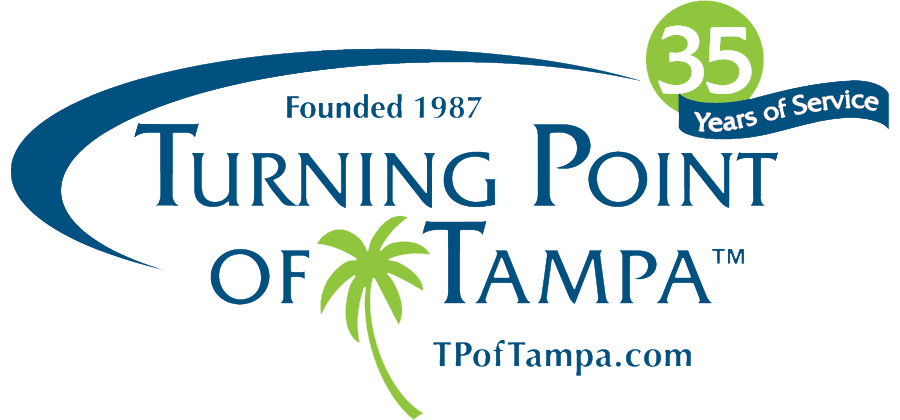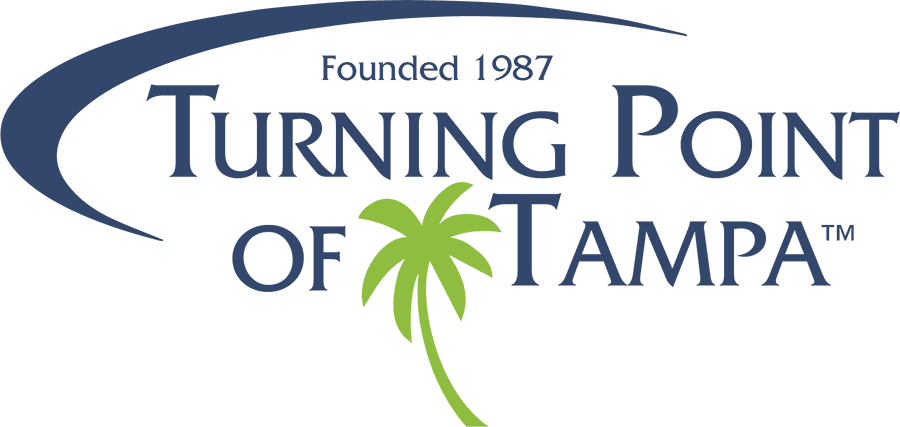Tranq, known scientifically as xylazine, is a veterinary sedative making its way into street drugs and causing a public health crisis. Combined with fentanyl, it dramatically increases overdose risks. This article unpacks tranq’s origins, illicit use, and the severe health threats it poses.
Key Takeaways
- Xylazine, known as ‘tranq,’ is a dangerous sedative initially developed for veterinary use and is now commonly mixed with opioids like fentanyl in the illegal drug market, increasing overdose risks.
- The prevalence of xylazine-fentanyl mixtures has surged, leading to significant increases in overdose deaths; in some regions, nearly one-third of overdose cases involving opioids include xylazine.
- Comprehensive care for xylazine addiction, including specialized treatment programs and a commitment to stop drug overdose deaths, is critical for effectively managing the health risks and withdrawal challenges associated with its use.
Understanding Tranq (Xylazine)
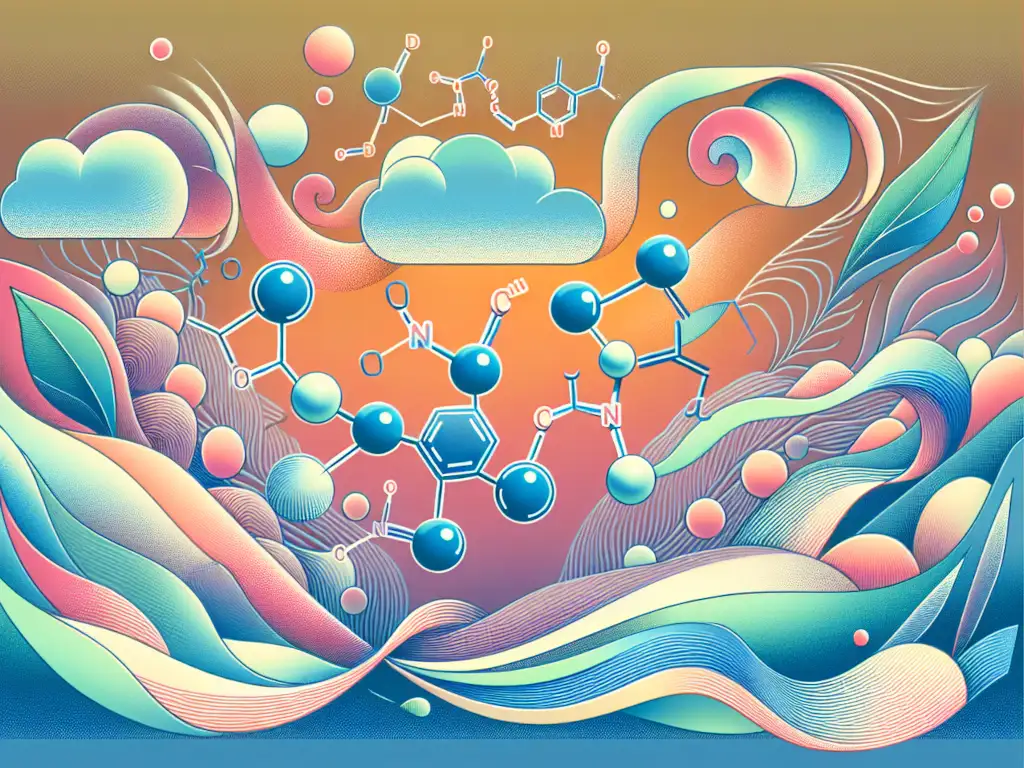
Xylazine, commonly known in the street drug market as “tranq,” was initially developed for veterinary use as a sedative and muscle relaxant. Despite its legitimate uses in veterinary medicine, xylazine has made a troubling transition into the illegal drug market, where it is often mixed with synthetic opioids like fentanyl. This combination has led to a significant increase in opioid overdose risks and other severe health complications.
Xylazine’s presence within the street drug supply is alarming due to its lack of approval for human use and its dangerous effects. Knowing its origins, functioning, and illicit application reveals the severe risks it poses.
Origin and Medical Use
Xylazine was first synthesized in 1962 with the initial aim of potential use in humans. However, it soon found its niche in veterinary medicine, which has been widely used since the 1960s for its sedative and muscle relaxant properties. Veterinarians use xylazine primarily to sedate animals during procedures, leveraging its potent tranquilizing effects to manage pain and anxiety in various species.
Although effective in animals, xylazine is dangerous for humans and not approved for such use due to severe side effects. This highlights the risks of its use outside controlled veterinary settings, especially with the illegal drug supply.
Illicit Use and Street Names
Xylazine began infiltrating the illegal drug markets in Puerto Rico during the early 2000s. Since then, it has spread across various regions, becoming a common occurrence in the illegal drug supply. On the streets, xylazine is called “tranq,” and when mixed with fentanyl, “tranq dope.” These names highlight its use as a cutting agent to bulk up products and enhance sedation.
Xylazine’s infiltration into illicit drugs creates serious issues. Users often unknowingly consume it, risking dangerous outcomes. Its combination with fentanyl powder is especially lethal, heightening tranq overdose risks.
Mechanism of Action
Xylazine acts as a central nervous system depressant by activating central presynaptic α2 receptors. This action leads to significant sedation and alterations in consciousness, making it effective for its intended veterinary applications but dangerous when misused by humans. The drug slows heart rate, lowers blood pressure, and can induce unconsciousness, which are all highly risky effects when combined with other drugs like opioids.
The mechanism through which xylazine lowers blood pressure and slows heart rate can lead to severe slow breathing and respiratory depression, particularly when used in a drug combination with opioids. This combination can dangerously lower breathing rates and heart function, leading to a high risk of a xylazine-involved overdose.
The Rise of Xylazine-Fentanyl Mixtures
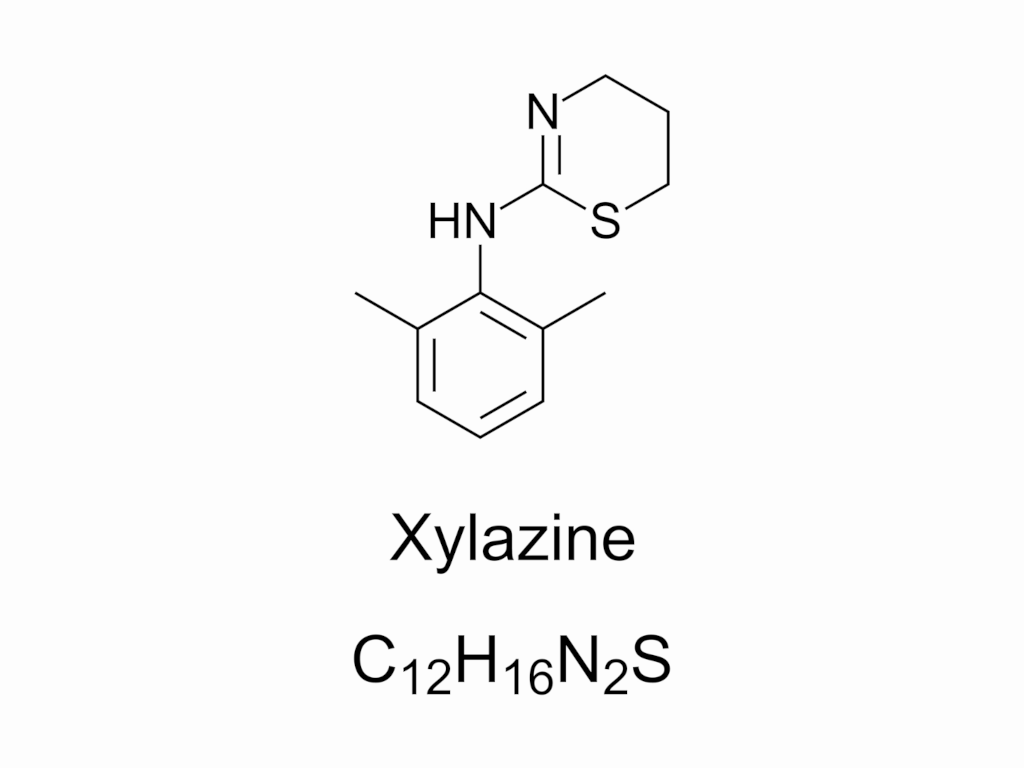
Xylazine mixed with fentanyl poses a major public health threat. This combination greatly raises overdose risks and severe health issues, enhancing the drug’s potency and sedative effects, leading to dangerously low breathing and heart rates. This deadly mix has increased overdose deaths and is found in drug supplies across many states.
Xylazine and fentanyl mixtures are especially dangerous because users often don’t know they’re present, increasing the risk. Unaware of the potent effects, users face a higher chance of overdose and fatalities.
Prevalence in Drug Supply
Xylazine’s presence in the drug supply has surged recently. In 2022, the DEA found xylazine in 7% of seized fentanyl in the illicit drug supply, indicating its widespread use in illegal drug markets and synthetic opioid mixtures.
Xylazine and fentanyl mixtures have been found in drug supplies in 48 states, revealing a national problem. This highlights the need for drug enforcement administration and public health efforts to identify and reduce the risks of xylazine-laced drugs, as the DEA reports widespread threat.
Impact on Overdose Deaths
Xylazine significantly impacts drug overdose deaths. From January 2019 to June 2022, deaths involving illicit fentanyl with xylazine rose from 3% to 11%. This increase highlights the growing danger of xylazine-fentanyl combinations. In Philadelphia, 31% of 2019 overdose deaths involving heroin or fentanyl included xylazine.
Fentanyl greatly enhances xylazine’s potency, making it 4.9 times stronger. This amplification leads to rapid and severe symptoms, often fatal within minutes. Xylazine in drug samples surged in Maryland, with nearly an 80% increase from 2021 to 2022.
Regional Variations
Xylazine’s presence varies by region, showing differences in usage and availability. The Sinaloa and Jalisco Cartels in Mexico are primarily responsible for trafficking fentanyl mixed with xylazine across the United States.
Cities like Philadelphia have witnessed a rise in xylazine use. This regional variation highlights the need for targeted interventions and public health strategies to address specific challenges.
Health Risks Associated with Xylazine Use

Xylazine use carries severe health risks. Often mixed with opioids, it’s crucial to administer naloxone for suspected overdoses to counter opioid effects. However, naloxone was administered in less than a quarter of xylazine-related overdoses, highlighting the need for better awareness and preparedness among first responders and the public.
Besides overdose risks, an overdose involving xylazine and tranq dope use leads to severe skin ulcers, and difficult withdrawal, requiring specialized treatment and support to manage its complex effects on the body.
Overdose Symptoms
Xylazine (Tranq) overdoses are severe and life-threatening. The drug lowers heart rate and blood pressure, risking respiratory depression and unconsciousness. These effects require immediate medical attention to prevent fatal outcomes.
High doses can result in death within 10 minutes, while lower doses can be fatal within 30 minutes. This rapid onset underscores the need for timely intervention and recognizing xylazine overdose signs.
Wound Care and Skin Ulcers
Chronic xylazine use leads to severe skin infections and ulcers, including necrotizing fasciitis. This serious infection can cause tissue death, resulting from compromised blood flow due to xylazine’s effects. Those who have the necrotic condition have named xylazine and tranq – “Zombie Drug” because the wounds make a person look like a zombie.
Managing these severe skin conditions requires targeted wound care and medical intervention. Facilities like Turning Point of Tampa assess for specialized care for these infections, addressing a critical health risk of xylazine use.
Symptoms of Withdrawal from Tranq
Xylazine withdrawal is extremely challenging, causing intense anxiety, agitation, and physical discomfort. These unique and severe symptoms require specialized medical treatment for recovery.
During withdrawal, individuals may experience severe cravings and significant physical and psychological distress. Comprehensive care and support are essential for a successful recovery.
Responding to Tranq Overdoses

Immediate and effective response to xylazine overdoses is vital Symptoms like dangerously low blood pressure and respiration rates need urgent medical intervention. Rescue breaths are especially important given xylazine’s respiratory depressant effects.
Informational resources, like free pamphlets, offer valuable guidance on handling overdoses, managing withdrawal, and treating wounds related to xylazine use. These resources are vital for first responders, healthcare providers, and community members.
Naloxone Use
Naloxone is a life-saving drug that reverses opioid overdoses by restoring normal breathing. However, it doesn’t counteract xylazine’s effects, making it ineffective against xylazine-specific symptoms. Despite this, naloxone is very important for managing overdoses involving opioids like fentanyl, often mixed with xylazine.
In xylazine and fentanyl overdoses, naloxone is vital to counter opioid-induced respiratory depression. Even if it doesn’t wake the patient due to xylazine’s sedative effects, it can help restore breathing, emphasizing the importance of carrying naloxone for those at risk of opioid overdose.
Community Support and Resources
Community support is essential in fighting xylazine addiction. Organizations like Turning Point of Tampa provide comprehensive treatment programs, including detoxification and rehabilitation, tailored for xylazine users. These programs address unique withdrawal and related health issues.
Turning Point of Tampa uses a 12-step philosophy, promoting a structured recovery approach for long-term success. This holistic method ensures individuals receive the support needed to overcome addiction and achieve lasting recovery, backed by a dedicated community.
Turning Point of Tampa: Leading the Fight Against Xylazine (Tranq) Addiction

Turning Point of Tampa leads the fight against xylazine addiction, using its extensive experience and comprehensive treatment services to support those affected. Known for its expertise in addiction treatment, the facility offers a full continuum of care, from detoxification to rehabilitation and beyond.
Committed to tailored care, Turning Point of Tampa uses effective strategies to manage xylazine addiction’s unique challenges. Their holistic approach features specialized programs and a strong adherence to the 12-step philosophy, ensuring individuals get the support needed to achieve and maintain sobriety.
Comprehensive Treatment Programs
The comprehensive treatment programs at Turning Point of Tampa cater to the diverse needs of individuals struggling with xylazine addiction. The facility offers a multi-faceted approach, including detoxification, residential rehabilitation, and dual diagnosis support, tailored to each client’s specific needs for personalized and effective treatment.
Detoxification programs are essential for those dependent on xylazine, offering a safe, supervised environment to manage withdrawal symptoms. After detox, clients can enter residential rehabilitation and outpatient programs providing structured support and therapeutic interventions for long-term recovery.
Specialized Care for Xylazine Users
Turning Point of Tampa offers specialized care for those struggling with xylazine addiction, focusing on withdrawal management and related health issues. The facility uses targeted interventions to address specific withdrawal symptoms, ensuring clients receive necessary support during this challenging phase.
Along with withdrawal management, Turning Point of Tampa addresses severe skin infections and ulcers often linked to chronic xylazine use. This comprehensive approach ensures holistic care, addressing both the physical and psychological impacts of xylazine addiction.
Commitment to 12-Step Philosophy
The 12-step philosophy is a cornerstone of the treatment approach at Turning Point of Tampa. The center integrates the principles of the 12-step program into daily treatment activities, promoting long-term recovery and accountability. This structured approach helps individuals develop a solid foundation for sobriety, encouraging sustained engagement with the recovery process.
By emphasizing daily engagement with the 12-step program, Turning Point of Tampa provides a supportive environment that has proven very effective. This commitment to the 12-step philosophy ensures that clients have the tools and support necessary to maintain their recovery journey.
Summary
Xylazine, or “tranq,” has profoundly impacted the street drug landscape, significantly increasing overdose risks and health complications. Its presence in mixtures with fentanyl has led to a surge in overdose deaths, highlighting the need for effective treatment and community support. Understanding the origins, illicit use, and health risks associated with xylazine is helpful for addressing this emerging threat.
Organizations like Turning Point of Tampa play a vital role in combating xylazine addiction, offering comprehensive treatment programs and specialized care. Their commitment to the 12-step philosophy and holistic approach ensures that individuals receive the support they need for a successful recovery. By raising awareness and providing targeted interventions, we can mitigate the dangers of xylazine and support those affected by this dangerous substance.
Frequently Asked Questions
What is xylazine, and why is it dangerous?
Xylazine, also known as Tranq and Zombie Drug is a veterinary tranquilizer often mixed with opioids, poses significant dangers due to its powerful sedative effects that can severely lower heart rate and blood pressure, leading to potentially fatal consequences when misused.
How does naloxone work in xylazine overdoses?
Naloxone is not effective against xylazine itself, but it is essential for reversing respiratory depression resulting from opioid components in xylazine-fentanyl mixtures. Therefore, while naloxone plays a key role in managing the opioid effects, it does not address the xylazine overdose specifically.
What are the common symptoms of a xylazine overdose?
Common symptoms of a xylazine overdose include significantly lowered heart rate and blood pressure, respiratory depression, extreme sedation, and potential loss of consciousness. Immediate medical attention is crucial in such cases.
How widespread is the use of xylazine in street drugs?
The use of xylazine in street drugs is widespread, having been detected in drug supplies across 48 states. Its presence in combination with synthetic opioids like fentanyl raises significant safety concerns.
What specialized care does Turning Point of Tampa offer for xylazine addiction?
Turning Point of Tampa offers specialized care for xylazine addiction through comprehensive programs that include detoxification, rehabilitation, and dual diagnosis support, specifically addressing withdrawal symptoms. Their approach is structured around a 12-step philosophy, ensuring personalized and effective treatment.
